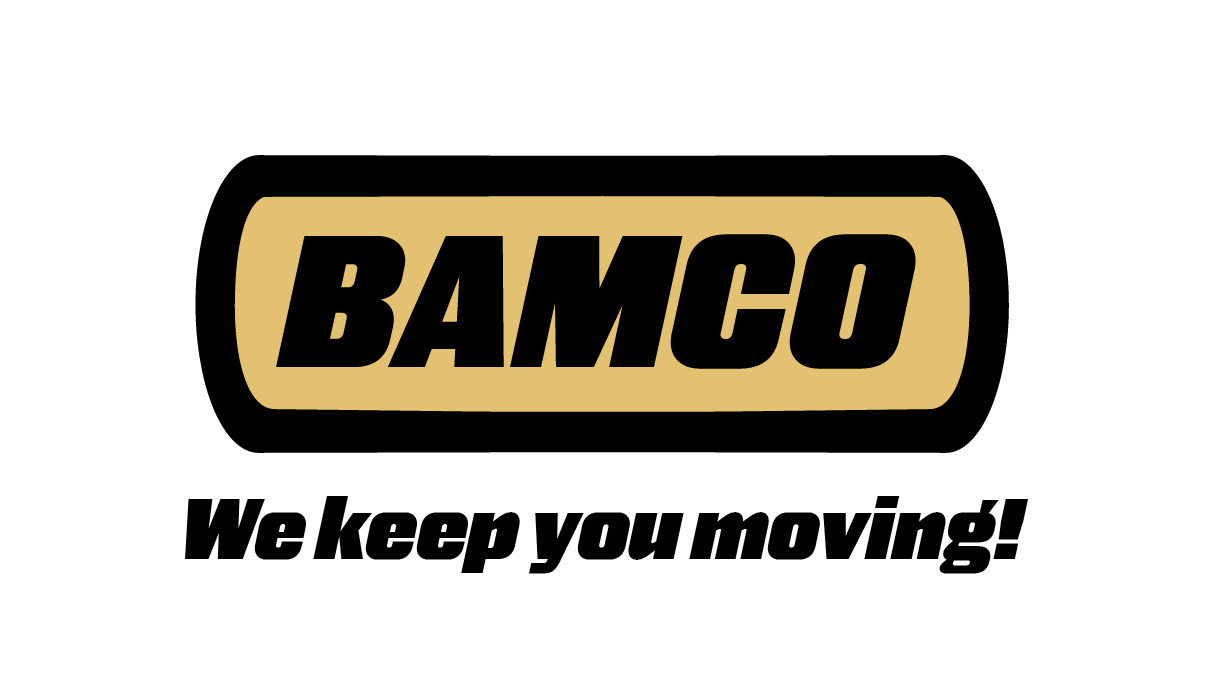Timing Belts, like Flat Power Transmission Belts, have their cost determined by the materials that are used to make them. Neoprene rubber is the most common material used to make timing belts and is the cheapest. Polyurethane is another type of material that is used to make these belts. This is generally more expensive of a material than rubber. Polyurethane is more expensive because these belts are weldable and can be made to any size, whereas the rubber belts are molded to a specific size. Polyurethane is also more abrasion and chemical resistant. Other major cost drivers are the features that are added to the belt. An example of a feature are when indexed cleats are welded to polyurethane belts for the purpose of more accurately moving the product. Polyurethane belts can also be reinforced with steel and kevlar which is another feature that will drive the cost of the belt up. These belts are incredibly important to automation and your imagination is your only limitation when it comes to the features added to this belt.

